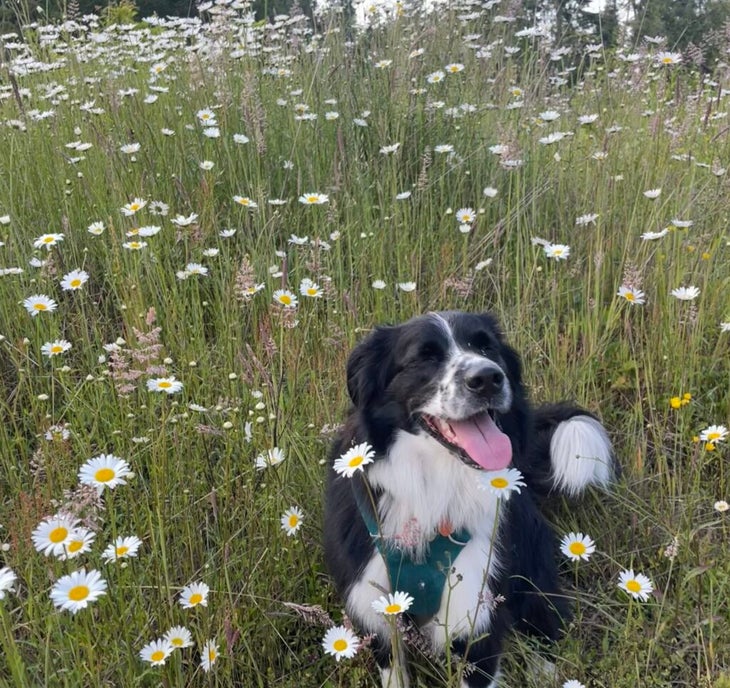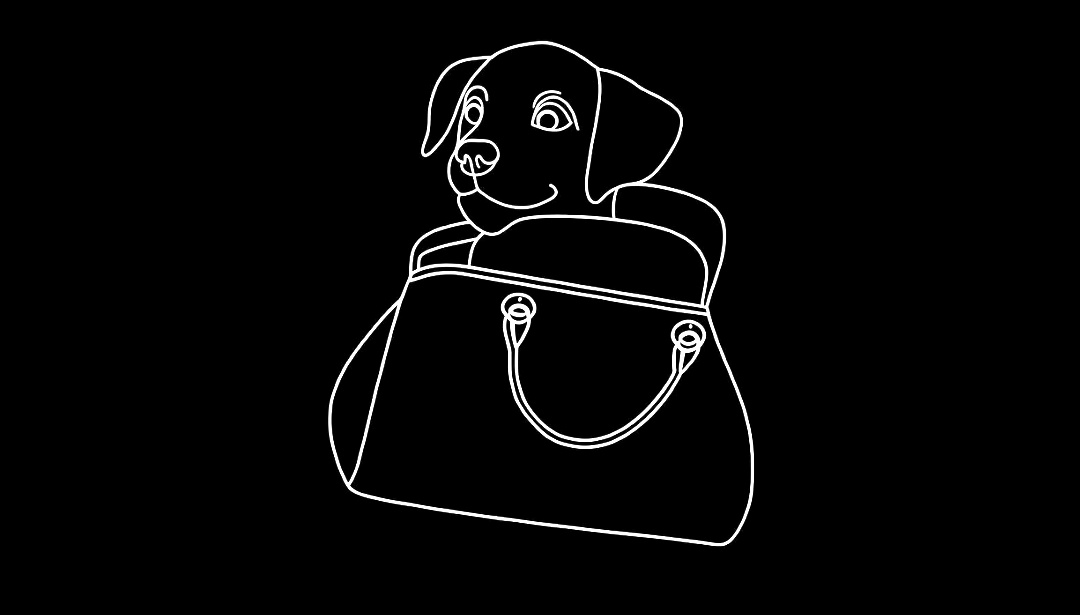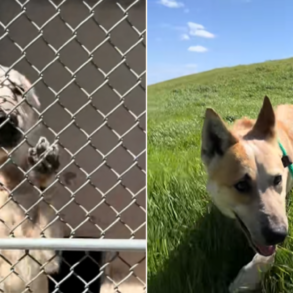Heading out the door? Read this article on the new Outside+ app available now on iOS devices for members!
>”,”name”:”in-content-cta”,”type”:”link”}}”>Download the app.
While hiking a snowy mesa in Flagstaff, Arizona, I noticed my dog was limping. Every few steps, she’d tuck up her back paw and hop on three legs. We stopped, and I knelt to inspect. There, piercing her paw pad, was a long cactus spine. Gently, I held her paw and pulled it straight out. I hadn’t noticed the hazard when she wandered off trail because the ground was freshly dusted with snow.
Since then, I’ve been more cautious about the natural hazards that can threaten my dog on hikes. Hiding among the lush wildflowers and greenery that coax us outside every season are plants, weeds, and organic materials that can be harmful or toxic to our furry companions. I spoke to Dr. Gary Richter, a veterinarian at Holistic Veterinary Care in Oakland, California, for his expert advice on identifying hazardous vegetation, staying alert to potential dangers, and hiking safely with our dogs.
Firstly, he says, hazardous plants in one hiking area are going to differ from the next. It’s best to know what grows in your area that could cause harm to your dog before you head out.
“You can just look it up online,” he says. “It’ll tell you what’s in the area and show you pictures so you know exactly what to look for.” The American Society for the Prevention of Cruelty to Animals’ toxic plants index and Veterinary Poisons Information Service are good points of reference.
In the Bay Area where Richter lives, oleander bushes, foxgloves, and foxtails are a few common plants that are dangerous for dogs. Meanwhile, in the desert, numerous cacti varieties grow abundantly alongside trails, as I discovered.
In other cases, a plant might not be inherently toxic to a dog, but its blooms or droppings could be. The walnuts from black walnut trees are a prime example: Their husks and nuts can grow an invisible potent mold that causes tremors and seizures in canines if ingested. Additionally, mushrooms, while not plants, also have organic compounds that can lead to serious trouble.

In some cases, your dog won’t react to a plant, but can transfer an allergen to you, like in the case of poison oak and poison ivy. Even after a bath, a dog can carry the plants’ oils on their fur, which then transfers to your exposed skin once you pet them, and suddenly you have an itchy rash.
Richter says that knowing your dog’s temperament will help you assess what kind of monitoring they need on the trail. Some dogs will eat anything in front of them, while others are more discerning. If your dog is a notorious muncher, Richter recommends a basket muzzle, which allows them to drink water and pant but keeps them from ingesting anything that might be dangerous.
“Now you can let your dog have fun and be a dog and you don’t have to worry about those sorts of issues,” Richter says.
Keeping your dog on leash and on the trail will also limit their run-ins with nasty plants and dangerous snacks, he adds.
It’s likely that you know your dog’s limits better than they do. Richter says, “They act like they’re fine when they’re running around excited and then suddenly when they stop, then they hurt.”
If your dog eats something toxic on the trail, they may exhibit vomiting, diarrhea, drooling, increased thirst, loss of appetite, lethargy, confusion, heavy breathing, and pale gums.
Should your dog rub up against something toxic, look out for biting, licking, and guarding the area, such as their paws, bellies, undersides, and tails. Violent sneezing or head banging could indicate a foreign material in their nose. Head shaking and scratching could mean something got into their ears. Squinting might signal foreign matter in their eyes.
If you suspect your dog may have ingested or had contact with a harmful plant, contact your vet.
“A lot of that is hopefully fairly intuitive and obvious,” he says. “It should be. If your dog is doing stuff they don’t normally do, then pay attention because there’s probably a reason.”
Aside from your veterinarian, the ASPCA Animal Poison Control Center (APCC) is a resource for any animal poison-related emergency, 24 hours a day, 365 days a year. If you think your pet may have ingested a potentially poisonous substance, call (888) 426-4435.
This post was originally published on this site be sure to check out more of their content.











































